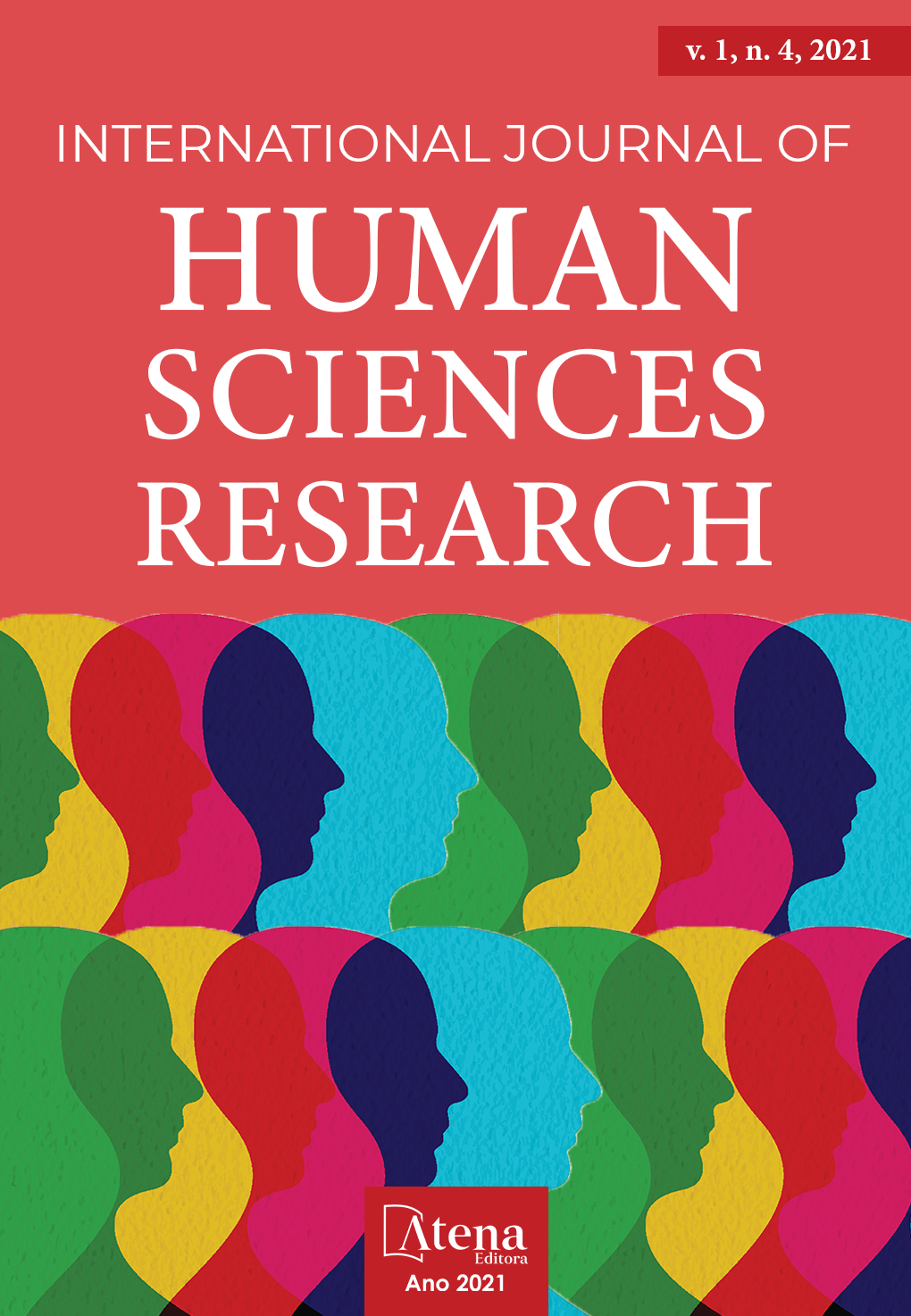
PLATAFORMAS VIRTUALES EN EL PROCESO DE ENSEÑANZA Y APRENDIZAJE UNIVERSITARIA Y LA REDUCCIÓN DE LA PRODUCCIÓN DE MATERIAL FÍSICO
La investigación surge ante la necesidad de involucrar las Tecnologías de la Información y la Comunicación (TIC) como herramientas en los procesos de enseñanza y aprendizaje antes del inicio de la pandemia, teniendo como base el bajo número de docentes que trabajaban con plataformas virtuales en la Universidad Nacional Mayor de San Marcos. Así también, responde a los Objetivos de Desarrollo Sostenible (ODS) 12 y 13 y al objetivo número 3 del Plan Estratégico de la universidad, responsabilidad ambiental universitaria. El método es mixto, cuantitativo y cualitativo. Los resultados obtenidos nos indican que el nivel de aceptación de plataformas virtuales fue medio antes de la pandemia y luego la aceptación ha sido generalizada tanto en estudiantes como en docentes. Se resalta que los docentes manifiestan que cuando se regrese a la presencialidad seguirán usando las plataformas y herramientas digitales como apoyo para el desarrollo de sus clases y reducirán significativamente el uso de material físico. Los concesionarios de las fotocopiadoras, manifiestan que conocen y aplicaban algunas medidas de reciclaje antes de la pandemia y tienen interés por conocer cómo ser una universidad ecoamigable.
PLATAFORMAS VIRTUALES EN EL PROCESO DE ENSEÑANZA Y APRENDIZAJE UNIVERSITARIA Y LA REDUCCIÓN DE LA PRODUCCIÓN DE MATERIAL FÍSICO
-
DOI: 10.22533/at.ed.5582118112
-
Palavras-chave: Plataformas virtuales, material físico, enseñanza y aprendizaje, Objetivos de Desarrollo Sostenible.
-
Keywords: Virtual platforms, Physical material, teaching-learning, Sustainable Development Goals
-
Abstract:
The research arises from the need to involve Information and Communication Technologies (ICT) as tools in the teaching and learning processes before the onset of the pandemic, based on the low number of teachers who worked with virtual platforms at the National University of San Marcos. Likewise, it responds to the Sustainable Development Goals (SDGs) 12 and 13 and to the third objective of the University´s Strategic Plan, university environmental responsibility. The method is mixed, quantitative and qualitative. The results obtained indicate that the level of acceptance of virtual platforms was medium before the pandemic and then the acceptance has been generalized in both, students and professors. It is highlighted that the professors state that when they return to face-to-face they will continue to use digital platforms and tools as a support for the development of their classes and it will significantly reduce the use of physical material. It should be noted that the licensees of the photocopiers knew about and applied some recycling measures before the pandemic and they expressed interest in knowing how to become an eco-friendly university.
-
Número de páginas: 18
- María Luisa Flores Urpe


